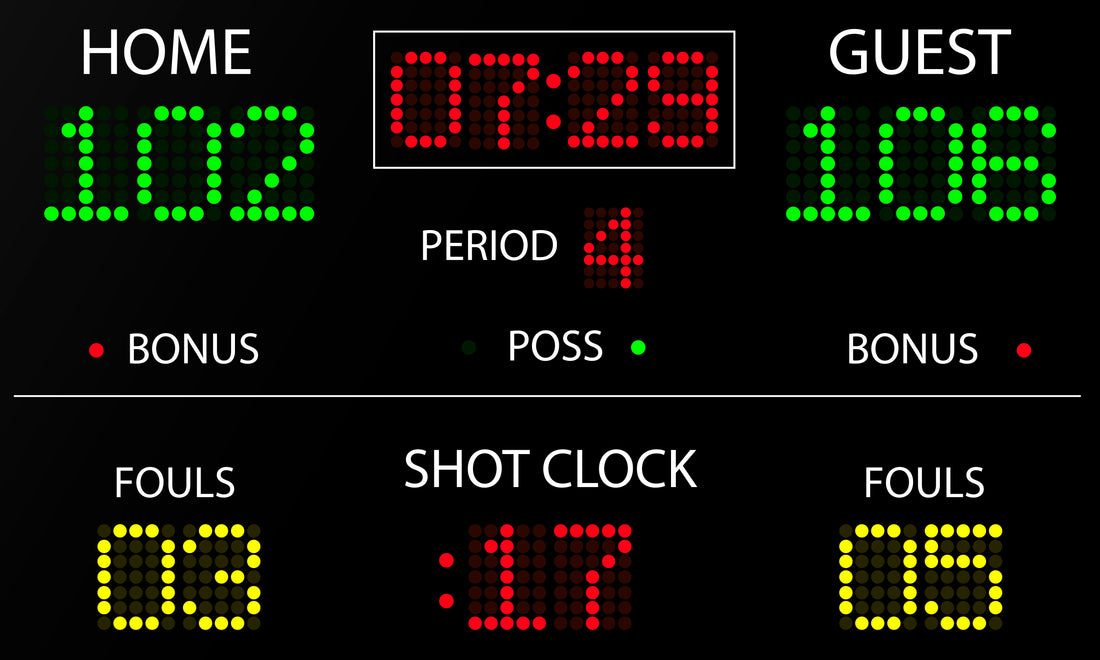In 1954, three men, brainstorming in a bowling alley, saved the NBA by creating a new rule that would speed up the game. On the back of a napkin, they concluded that the most entertaining games in the NBA had 120 shots per game. If you divided that number by the total amount of game time (48 minutes, or 2,880 seconds), then you would be left with 24 seconds. And just like that, the shot clock was born.[i]
The season immediately following the institution of the shot clock saw the average points per game increase from 74 points a game to 93 points a game. Soon after, it jumped from 93 points a game to 104 points a game. Nothing else changed—the games were still 48 minutes long. But when they added the shot clock, it created a sense of urgency.
You see, before the shot clock, some teams tried to hold the ball the entire game and basically play "keep away." The result? Extremely low scoring games. However, the shot clock forced teams to take action. If they don't, they would lose the ball.
This new rule lit a fire in teams. It created a sense of urgency by forcing a deadline. Teams used to waste time dribbling and passing nonstop, but now, every dribble and every pass is calculated. Why? Because they understand that time is running out. You see, when they became cognizant of time, it changed how they played the game.
Too many people are wasting time. Life has a shot clock—we just don't know how long it is. What we do know is that time doesn't stop. It keeps marching forward with or without you.
Our challenge for you is to make the most of your time. Stop wasting it. Don’t waste your time, and don’t waste God’s time. Time is valuable. No, it’s too valuable to waste it—to throw it away. Instead, maximize the amount of time that God has given you. Live with a sense of urgency.
After all, time is moving. The question is, are you?

